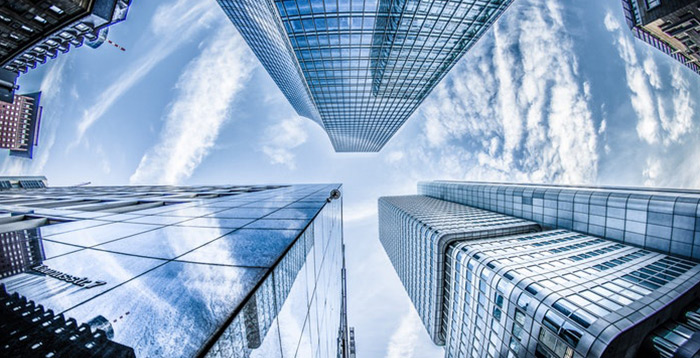What’s the next big thing in architecture? 2018 focused on eco-friendly designs and customisable homes – but trends are emerging for a contemporary, transitional lifestyle in 2019.

What’s the next big thing in architecture? 2018 focused on eco-friendly designs and customisable homes – but trends are emerging for a contemporary, transitional lifestyle in 2019.

2018 was all about eco-friendly and sustainable designs. While grey was the colour of choice in 2017, even in tropical areas around the world, it’s about to give way to brighter, more energy efficient colors, as companies seek to go green (not literally, of course).
As the number of people working in cities rises, so does the need for more accommodation.
Sky-high land prices and environmental concerns have urged building developers to move towards smaller homes that are minimal, yet flexible. The popularity of tiny houses, micro-apartments, co-housing and multi-generational homes is growing, particularly among younger people.
2018 was a big year for freelancing. As more graduates are drawn to entrepreneurship, a home with a workspace is essential. This gave rise to adaptable layouts that can be used for more than one activity.
Open plan design is here to stay. It’s not just for small spaces – it’s a desirable format for homes, offices and large structures.
Separate kitchens, living rooms and dining rooms are being replaced by inclusive and multipurpose spaces. Architects maximise flexibility by including sliding doors, pocket doors and other movable dividers for a seamless transition between portions of the space.
Solar panels and recyclable materials have finally taken off. The rise of eco-friendly buildings has seen more homes and offices feature passive solar designs, low VOC products and hypoallergenic insulation.
Bamboo, a building material used in East Asia for centuries, has made its way west. Instead of glass and metal cladding, rammed earth and timber are being used to bring warmth and texture to buildings.
Nature doesn’t often create straight lines. The use of curves by Australian architects in recent years established roundness as a natural-looking architectural trend.
2018 was the year of pressure, debate and fighting in favour of women – in work, at home and everywhere else. That pressure is causing organisations to evaluate their employment strategies to empower women. More women in architecture are being championed and recognised for their work. It’s been a long time coming – and there’s still a long way to go – but 2018 was a big year.
Here are the top architecture trends we can expect to see in 2019.
Grey, the colour that defined much of the 2010s, isn’t actually a great colour for structures – it absorbs heat and fades over time. In 2019, we can expect to see brighter and bolder shades.
Smart homes are already trending – and in 2019 we can expect to see connected devices everywhere. Smart technology allows users to have full control of their environment from a mobile device – and can automate tasks like reordering supplies, heating, lighting and practically anything else you can think of.
Biophilic design uses nature as an architectural framework in textures, patterns and lighting. Expect to see office spaces, hotels and shopping centres bringing life indoors. Living green walls, indoor plants and trees, large windows that let in natural light – these are the key features.
In 2019, we can expect the construction sector to face the same pressures as other industries, to reduce environmental impact. As weather gets weirder and wilder, many are only now starting to realise the danger that looms if humanity doesn’t act now.
What’s over the horizon in the world of architecture and design?
The Gulf of Mexico experiences perpetual, catastrophic hurricanes. In a bid to protect residents of Dauphin Island, artist Dionisio González designed a futuristic fort made from iron and concrete. When a storm hits the tiny island of around 1,200 people, it washes away much of the coastline, forcing residents to rebuild their homes.
With areas of England experiencing rapid coastal change, this idea could spread around the world before long. Find out more about the project.
Architects Michael Hansmeyer and Benjamin Dillenburger started the Digital Grotesque project, the first fully immersive, 3D printed room – made out of sand. The unbelievable structure looks like it belongs in a futuristic cathedral, but the potential for construction and design is huge.
Coopers Fire designs and manufactures life-saving fire protection for all architectural styles. Our non-intrusive designs allow no-compromise buildings to be achieved, while maintaining the highest standards of fire safety. For more information on our fire and smoke protection, or our educational training courses, call us on 02392 454 405 or email info@coopersfire.com.